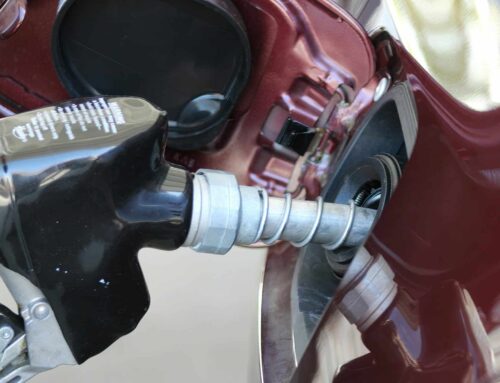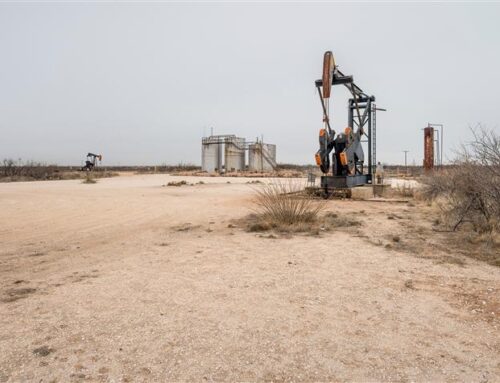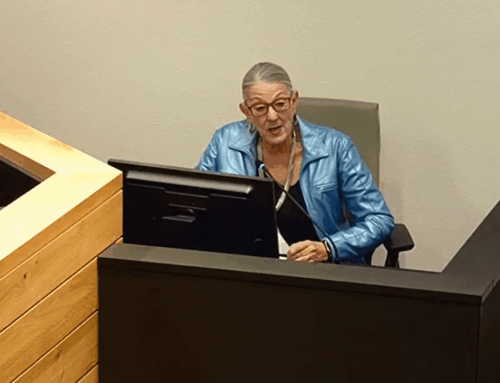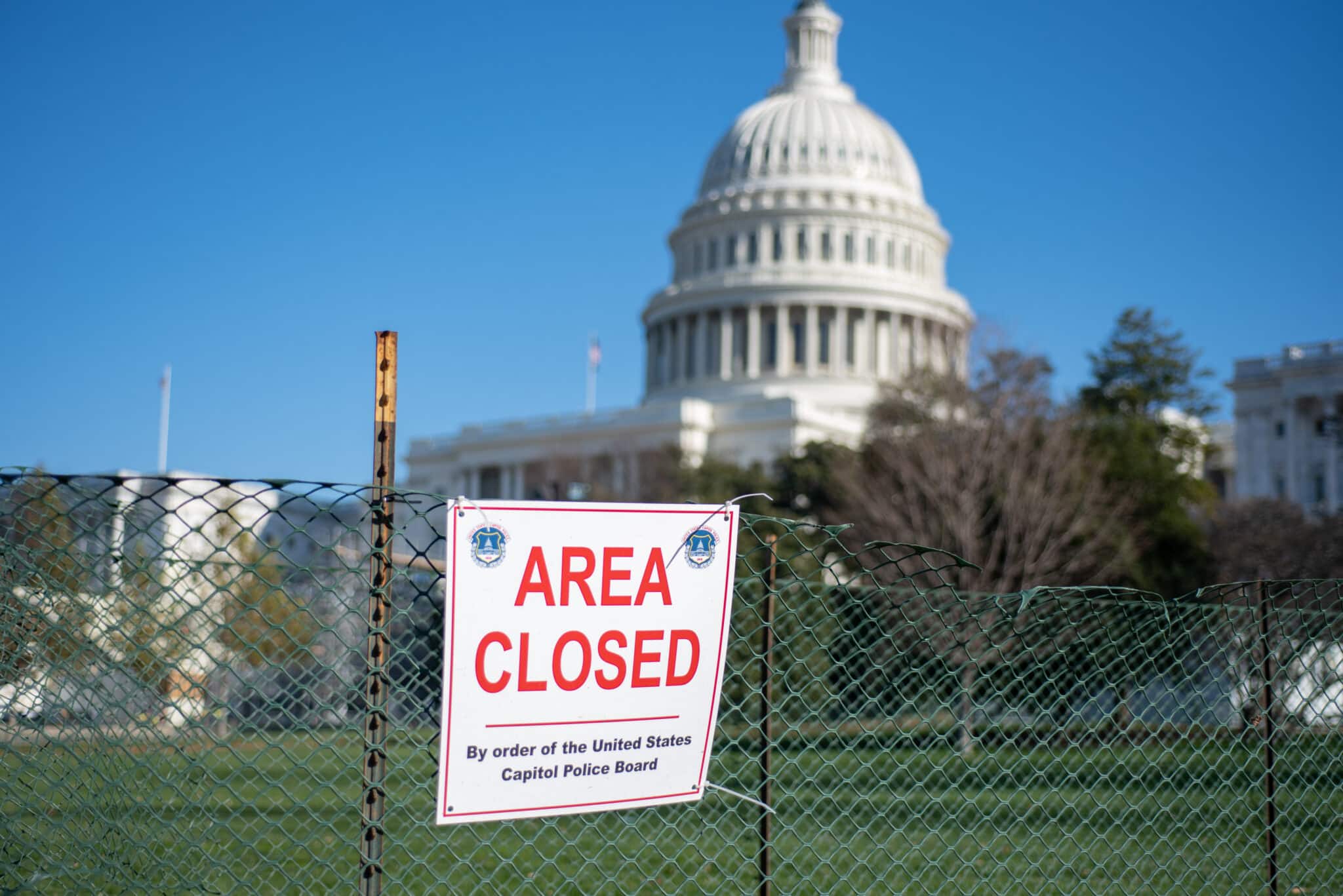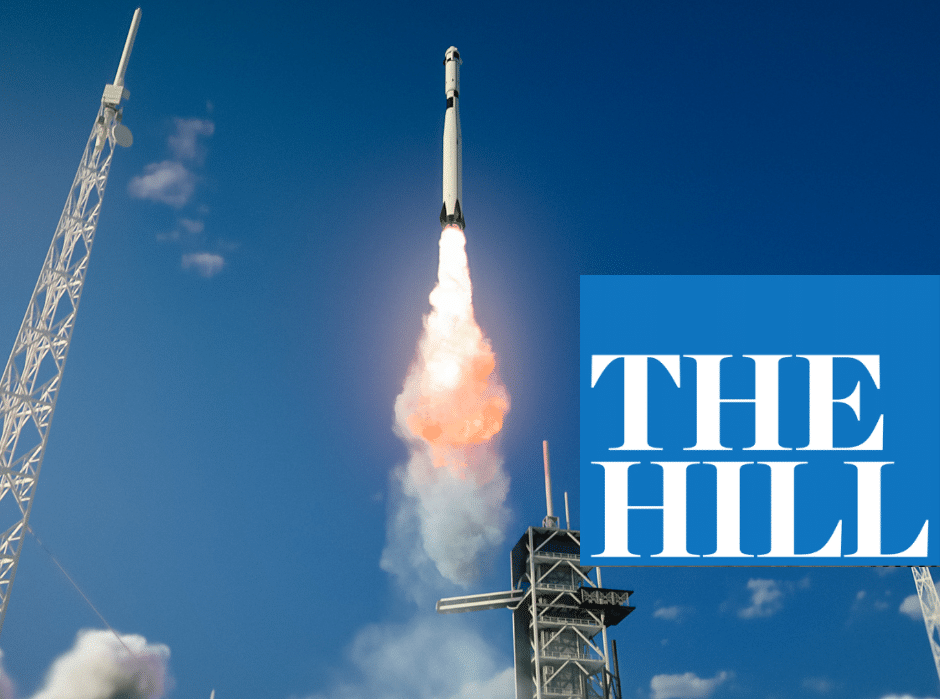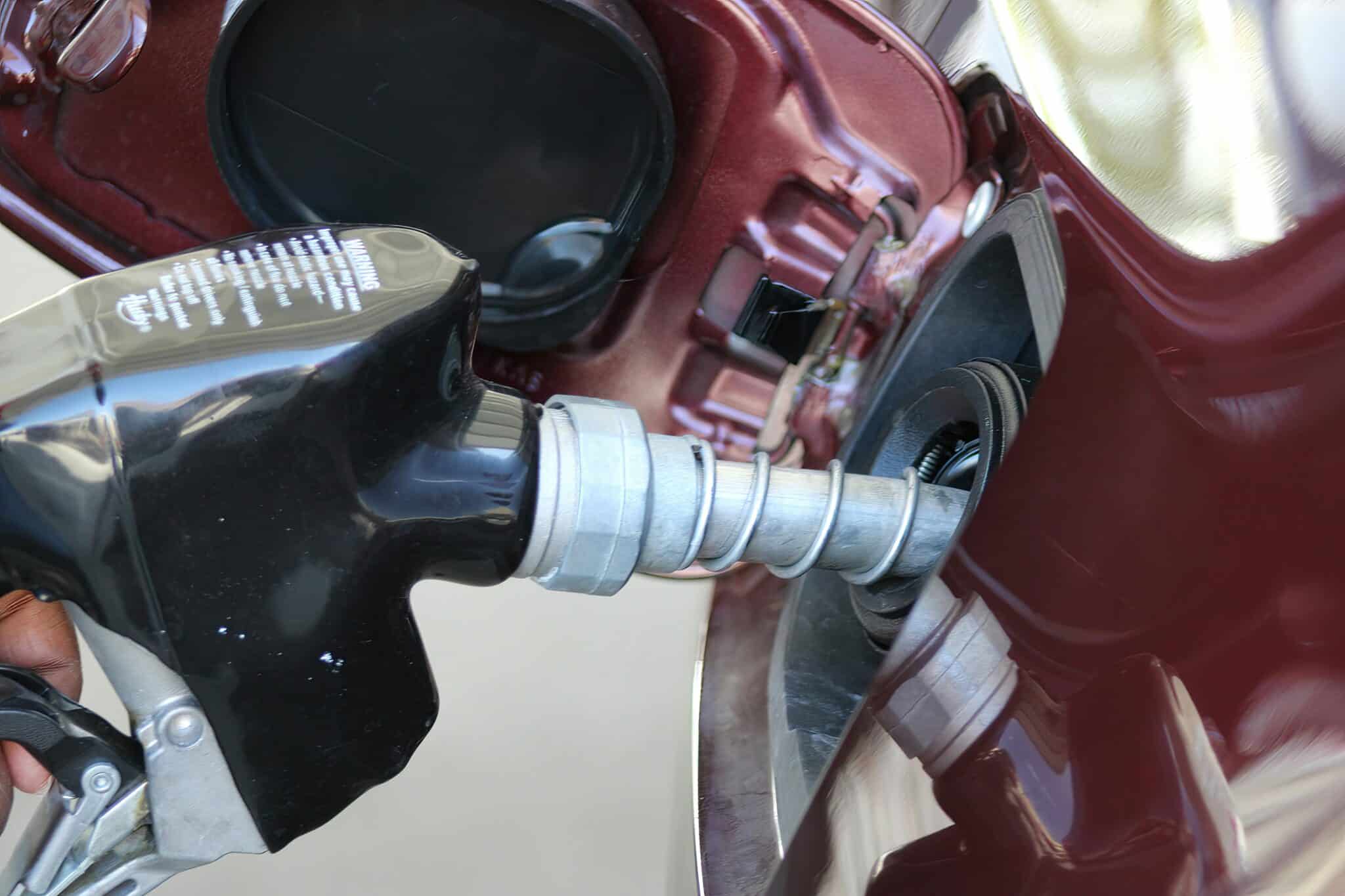Dear Secretary Jewell and Director Kornze:
Taxpayers for Common Sense (TCS) provides the following comments to the BLM on fiscal issues related to the federal coal program. TCS is a national non-partisan budget watchdog that has been working on behalf of the nation’s taxpayers since 1995. Revenues from the collection of royalties represent one of the largest non-tax income sources for the federal government. Fair and accurate collection is necessary to ensure taxpayers are receiving what they are owed.
Coal is an important energy fuel in America: more than 90 percent of coal mined in America is used to generate electricity. Yet federal coal leasing has been the source of controversy for decades. Multiple reports from the Government Accountability Office (GAO-14-140) and the Inspector General at the Department of Interior (CR-EV-BLM-0001-2012) have criticized the federal coal program for failing to capture a fair return for taxpayers.
Royalty Rates and Reductions
The Mineral Leasing Act of 1920 (MLA) directs the Secretary of the Interior to set up leasing systems for the development of federally owned minerals such as oil, gas, coal, sulfur, and phosphate. It requires the payment of rents, bonuses, and royalties to the government. The major amendments to coal leasing enacted in the Federal Coal Leasing Amendments Act of 1976 (FCLAA) directed that royalties on federal coal be “not less than 12 ½ percent,” but may be lower for underground mining operations. By regulation, the BLM requires an 8 percent royalty for coal severed by underground mining methods.
The federal government currently charges a royalty rate of 18.75 percent for offshore oil and gas production, and many states charge similar or higher rates for state-owned oil and gas. BLM should increase the royalty rate to 18.75 percent for federal coal production, as this royalty rate would ensure that the taxpayers are recovering a fair share of the market value of the resource and not favor one energy source over another. Because the 1976 reforms represented a significant increase in royalties at the time, the statute also authorizes the Secretary “to waive, suspend, or reduce a rental, or minimum royalty, or reduce the royalty on an entire leasehold or on any tract or portion thereof … whenever in his judgment it is necessary to do so in order to promote development, or whenever in his judgment the leases cannot be successfully operated under the terms provide therein…” Two essential MLA elements must both be met to qualify for a rate reduction: 1) the royalty rate reduction must encourage the greatest ultimate recovery of coal; and 2) the royalty rate reduction must be in the interest of conservation of natural resources. Even if these elements are demonstrated, a rate reduction may be granted only when it is necessary to promote development or if the lease cannot be successfully operated under the lease terms. Royalty rates may be reduced to as low as two percent.
In practice, BLM has granted royalty rate reductions frequently. According to data from the Office of Natural Resource Revenues (ONRR), nearly half of all leases awarded between 1990-2013 report royalty rates less than 12.5 percent for surface mines and 8 percent for underground mines. Decades later, the justification for the royalty rate reductions no longer exists – the baseline rates applies to many lessees. Fairness to both taxpayers and industry competitors requires that the royalty rate be made consistent for all leases.
Changing Marketplace for Federal Coal
The market for U.S. coal has changed dramatically in the last 10 years, and it will continue to change in ways not envisioned 25 years ago when many of the existing rules were written. The most significant change is the role of exports in today’s coal market. Total U.S. consumption has dropped from 1.13 billion short tons in 2005 to 917 million short tons in 2014 – a decrease of 18.6 percent. At the same time, coal exports have roughly doubled since 2005. The growth was largely driven by growth in exports to Asia, which nearly quadrupled from 5 million shorts tons in 2005 to 19.5 million in 2014, down from a peak of 32.5 million short tons in 2012. Exports to China went from just 222 short tons in 2004 to 5.8 million short tons in 2010. The price of exported coal increased from $67.1/short ton in 2005 to $148.86/short ton in 2012 before declining to $87.08/short ton in 2014, compared to the average prices for coal on the U.S. open market of $23.59/short ton in 2005 and $37.29/short ton in 2013 (most recent year available).
One simple conclusion from these changes is that the coal sold now is sought, at least in part, as reserves for profitable export in the future. Because coal leases last for an initial term of 20 years that can be extended, leasing decisions made today will lock in prices and terms for decades to come. Not surprisingly, several of the companies bidding for federal leases and mining federal coal have asserted their plans to export significant tonnages of PRB coal, and some of these same companies are also principle sponsors of export terminals. BLM in the 3070-1 Handbook directs that markets in general and the export market in particular be considered, but the GAO and the IG reports cited above assert that BLM appraisals have not adequately done so. According to the IG, “it appears that several state offices overlook the export potential, thus possibly undervaluing the public’s coal.”
The change in focus to export markets has also contributed to the changing structure of the coal industry, as coal companies are increasingly integrating in order to internalize transportation costs from mine to market. According to Energy Information Agency data, captive sales/ transactions accounted for 8 percent of total sales in the U.S. in 2002, increasing to 12.1 percent in 2005, 21.9 percent in 2010, and 22.6 percent in 2012. In response, ONRR has recently proposed (80 Fed. Reg. 608) eliminating the existing benchmarks for valuation of non-arm's-length sales and replacing them with the value of the coal based on the first arm's-length contract, less applicable allowances (unless ONRR decides to value the coal through a new “default” provision). For companies that produce coal and sell it to an affiliate that uses the coal to generate electricity, including within a cooperative, the royalty value is the sales value of the electricity, less applicable allowances. 80 Fed, Reg. 628
While changing the point of valuation in some instances may recover more revenue for taxpayers by using a more accurate market price to determine royalties, it does not address the wide disparities in prices for coal based on the point of valuation. On its website, BLM provides some information about 105 separate coal lease sales from 1991 to 2014, almost half of them in Wyoming and Colorado. Combined, these sales account for 8.9 billion tons of minable federal coal. The successful bids for these leases, many of which were the only bids, averaged $0.38 per ton. By contrast, U.S. utilities reported buying coal to produce electricity at an average of more than $40 per ton from 2009-2013. The absence of a simple economic explanation for the sharp increase in prices from mine mouth to power plants indicates that there is a market failure. Unfortunately, it appears that taxpayers are on the losing end of this dynamic, as royalties are calculated at the much lower price. Evaluating the effective royalty rate currently paid by lessees, using the price paid for federal coal by consumers as the market value, it becomes clear that coal companies are paying royalties at a rate well below the royalty rate set in regulation or in the terms of individual agreements.
Lack of Competition
The predominant leasing process currently used by BLM does not obtain fair market value for taxpayers. It seldom generates competitive bids, and studies indicate that the resulting losses are substantial.
BLM’s implementing regulations pursuant to FCLAA authorized the establishment of “coal production regions” and a “regional coal team” to “guide” all phases of the competitive leasing planning process. A lease is considered to be producing if the operator/lessee is processing or loading severed coal, or transporting it from the point of severance to the point of sale. Yet, despite the clear definition, BLM concluded that by 1990 that there were no coal production regions in America. Even the huge and valuable PRB Region – where 41 percent of U.S. coal is produced – was decertified as a coal producing region. This short-circuited the full competitive system, eliminating the first step on which all the other regulations depend, and allowing the Lease by Application (LBA) system to supplant the competitive system envisioned by Congress. The LBA system improperly skews the valuation of lease tracts, garners significantly reduced bids, and shrouds crucial information in secrecy.
Because BLM allows coal companies to play a large role in delineating tracts for leasing under the LBA system, the process typically results in tracts that do not generate competitive bids because the location and configuration limit their appeal to companies other than the one that applied for a tract to be sold. This role of companies in delineating tracts of limited interest seems to conflict with the MLA, under which the opportunity for applicants to request a lease sale applies only to the holding of the sale itself, not to the delineation of tracts. Basing the delineation on the companies' requests limits BLM's possible options to design competitive tracts to be attractive to at least two bidders or intentionally design them to only attract one. BLM asserts that it does not simply accept a tract for leasing as it is described in an application, but rather the agency uses: “… a wide variety of information, including geologic data that delineates the location, quality, and quantity of coal within a given area, to determine the most appropriate tract configuration that would encourage competition and help achieve maximum economic recovery of the resource.” However, recent IG testimony states that that investigation found that “over 80 percent of the sales for coal leases in the PRB received only one bid in the past 20 years. No coal lease has had more than two bidders on a sale….This lack of competition also applies to the coal producing regions in other States.” The IG did not, however, make recommendations to address this concern, and neither Congress nor the GAO has looked at this issue since the transition to the LBA system.
The LBA system eliminates the formal process by which BLM sets leasing levels, a process that involves extensive public participation and directs the consideration of many facets of the coal resource, uses of the public lands, and current and future market factors. Under the LBA system, BLM fails to take into account changing markets, including the decline in domestic demand as well as the increase in profitable coal exports, and has not attempted to adjust the level of coal it is leasing. Instead, leasing levels are determined largely by the coal companies themselves. This failure contributes to undervaluation, and shortchanges the government and the public.
BLM's FCLAA implementing regulations require:
The Secretary is to delineate tracts for leasing from among those lands classified for coal leasing. Tracts are to be of a size the Secretary “finds appropriate and in the public interest and which will permit the mining of all coal which can be economically extracted…” (30 U.S.C. §201(a)(1)) Tracts are then offered for lease at sales held either on the motion of the Secretary or upon the request of any qualified applicant. The Secretary must award leases by competitive bidding, except for certain sales expressly authorized to be negotiated sales. Lands to be leased must be included in a comprehensive land-use plan and be compatible with that plan, and the Secretary is to consider the effects mining might have on an impacted community or area, and other factors. Leasing is to achieve the maximum economic recovery of the coal within the tract. Public hearings in the area shall be held by the Secretary prior to the lease sale.
Rather than ignoring its own regulations, BLM should implement them to properly serve the public interest and the taxpayer.
Appraisals Undervalue Coal
Accurate determinations of coal value are critical to the revenues realized by the government. Developing fair valuations for tracts can be both difficult and controversial. Appraisals necessarily involve subjective valuations of the elements that comprise the value of a property. There are legitimate problems with attempting to apply the same valuation processes used for competitively bid leases to lease tracts that genuinely lack competitive appeal. Most federal coal leases are now issued on a non-competitive basis because of the LBA system.
Regulations, agency guidance, and practices affect how “value” and “Fair Market Value” (FMV) are determined in connection with coal lease sales. BLM prepares a pre-sale estimate of the FMV of a tract that is used to set a minimum bid that would be accepted. Under the current regulations, when a sale is conducted, sealed bids are submitted, and a sale panel reviews them. The panel determines, among other things, whether the high bid meets or exceeds the BLM estimate of value of the tract, and makes recommendations to the authorized officer who will make the final decision. Once a tract has been sold, the price paid becomes the FMV. If the highest qualified bid comes in higher than the estimated pre-sale minimum, that bid becomes, by definition, the FMV.
Final lease sale values can then be used as comparables for estimating values of new tracts. When value estimates are low, it is thereby possible to lock in a rolling system of continuing undervalued leases. The possibility that failure to capture the full fair market value in pre-sale estimates could result in lower value tracts and lost revenues has been confirmed by the GAO and other analysts. In 1983, after controversial PRB lease sales, the GAO concluded that the 1982 sales had probably lost $100 million. In 2012, an independent report, applying the same adjustment factors used by GAO in its 1983 report, concluded that up to almost $29 billion has probably been lost on sales since then. Both reports question the appropriateness of the use of the usual appraisal measures in the context of limited interest lease tracts and conclude that more guidance on standards and practices for market assessment is needed. BLM must review its appraisal practices to ensure that modern economic analysis is incorporated in estimates of lease value. The agency must ensure that current coal market values are used, taking into account increasing export values. In addition, appraisals cannot be based on lease sales conducted under different, earlier market conditions.
Bonding Requirements Can Leave Taxpayers Vulnerable
The Surface Mining Control and Reclamation Act (SMCRA) requires coal mining operators to restore all land affected by their operations, and post a bond to cover reclamation costs in the event they fail to complete such work themselves. With many coal companies now under financial strain, the strength of the law’s bonding requirements, particularly the ability it grants certain companies to “self-bond,” is questionable.
In recent years, coal companies have qualified for self-bonding in ways that were not anticipated by the original self-bonding rules promulgated by the Office of Surface Mining Reclamation and Enforcement (OSMRE) – the regulatory authority created by SMCRA – in 1983. Specifically, large coal companies have used the financial statements of their subsidiaries to prove they have the assets available to cover reclamation costs. The practice evolved from a provision in the original rule that allowed operators to post self-bonds using the financial statements of their parent companies. The assumption was that a parent company’s financials would serve as a backstop for any reclamation liabilities in the event a producer abandons a mine. The same does not hold true for a subsidiary in the event its parent company abandons a mine.
The utilization of these loopholes by coal companies that are increasingly unlikely to be able to cover their mining cleanup costs represents a huge potential cost to taxpayers. Peabody Coal is currently under investigation by OSMRE for using its subsidiaries to qualify for self-bonding while the company’s own finances worsen. Arch Coal Inc also claims to be eligible for self-bonding through its affiliate Arch Western Resources, even though the parent company’s 2014 securities filings fail to meet OSMRE’s eligibility requirements.
If a self-bonded coal company is unable to cover the cost of reclamation, such as in the cases of substantial debt or bankruptcy, their liabilities are left uncovered and the federal government will be left with the cost of cleaning up their mess. It is estimated that the four largest coal companies in the U.S., Peabody, Alpha, Arch Coal and Cloud Peak Energy, have about $2.7 billion “covered” by self-bonding, but audits of their financial data suggest that they will have inadequate funds to actually cover that cost. Moreover, there is no requirement that the company’s promise to pay for such costs in the form of a self-bond will get any higher priority than the claims of other creditors on its assets.
BLM must review its bonding regulations and practices, to determine whether current arrangements will adequately cover reclamation costs in the event of default. Reclamation costs must be reviewed to keep pace with current costs of work. And BLM's self-bonding practices must change to ensure that companies have assets adequate to cover all their unreclaimed leases.
Conclusion
Taxpayers are not receiving a fair return from the mining of coal on federal lands. Taxpayers for Common Sense welcomes the decision by the Bureau of Land Management to consider reforming the federal coal program, including increasing the royalty rate companies pay to federal taxpayers for the right to mine and sell publicly owned coal. Federal coal has one of the lowest effective royalty rates among natural resources managed by the BLM. BLM should review all of the ways in which the federal government is being shortchanged, including the Lease by Application process that allows industry to control where leasing occurs and results in non-competitive and below fair market value bids for federal coal leases. BLM has a fiduciary responsibility to taxpayers to responsibly manage all public assets, the development of which represents a significant revenue source for the federal government.
Respectfully,
Ryan Alexander
President



